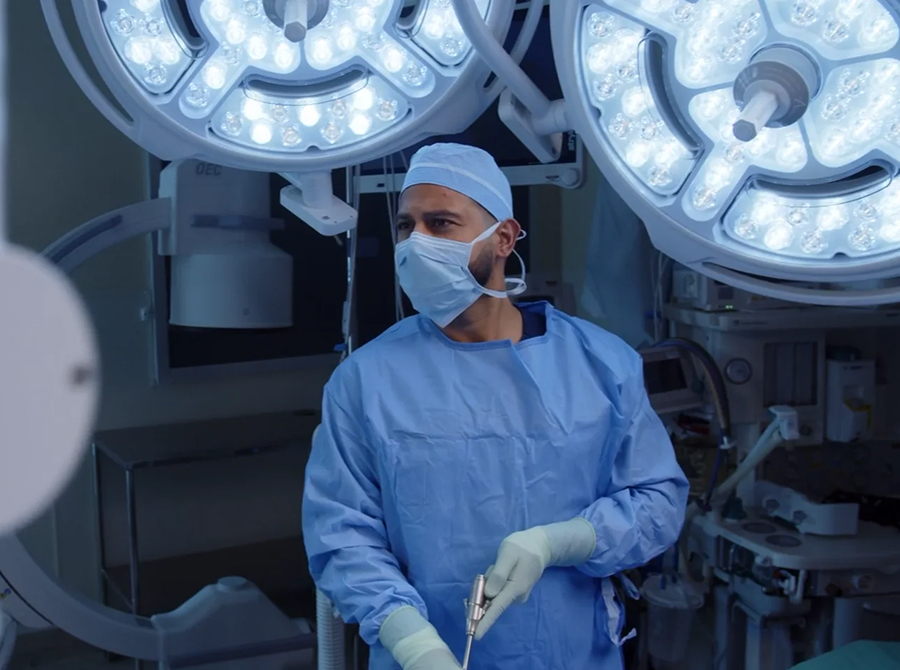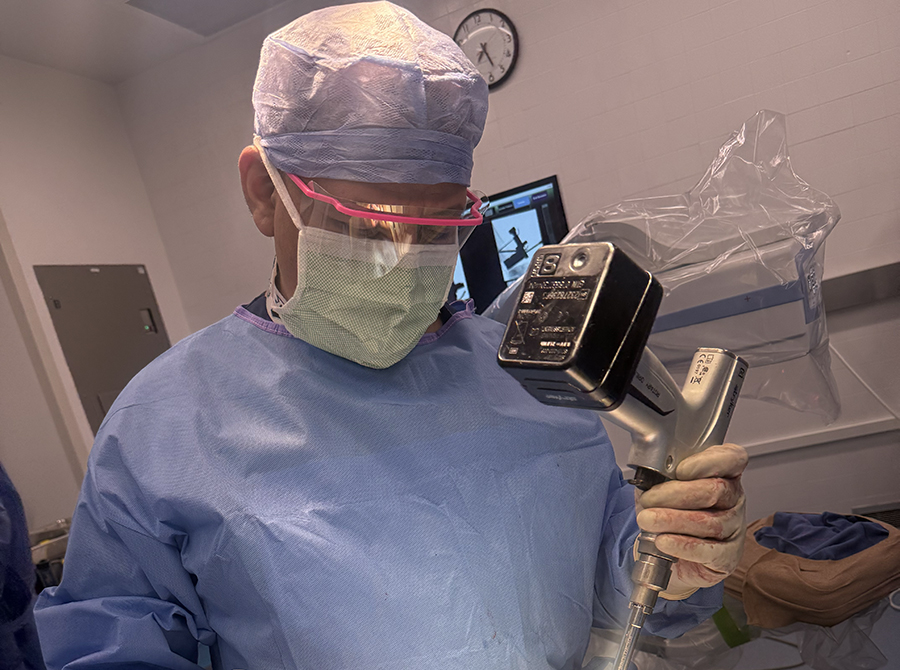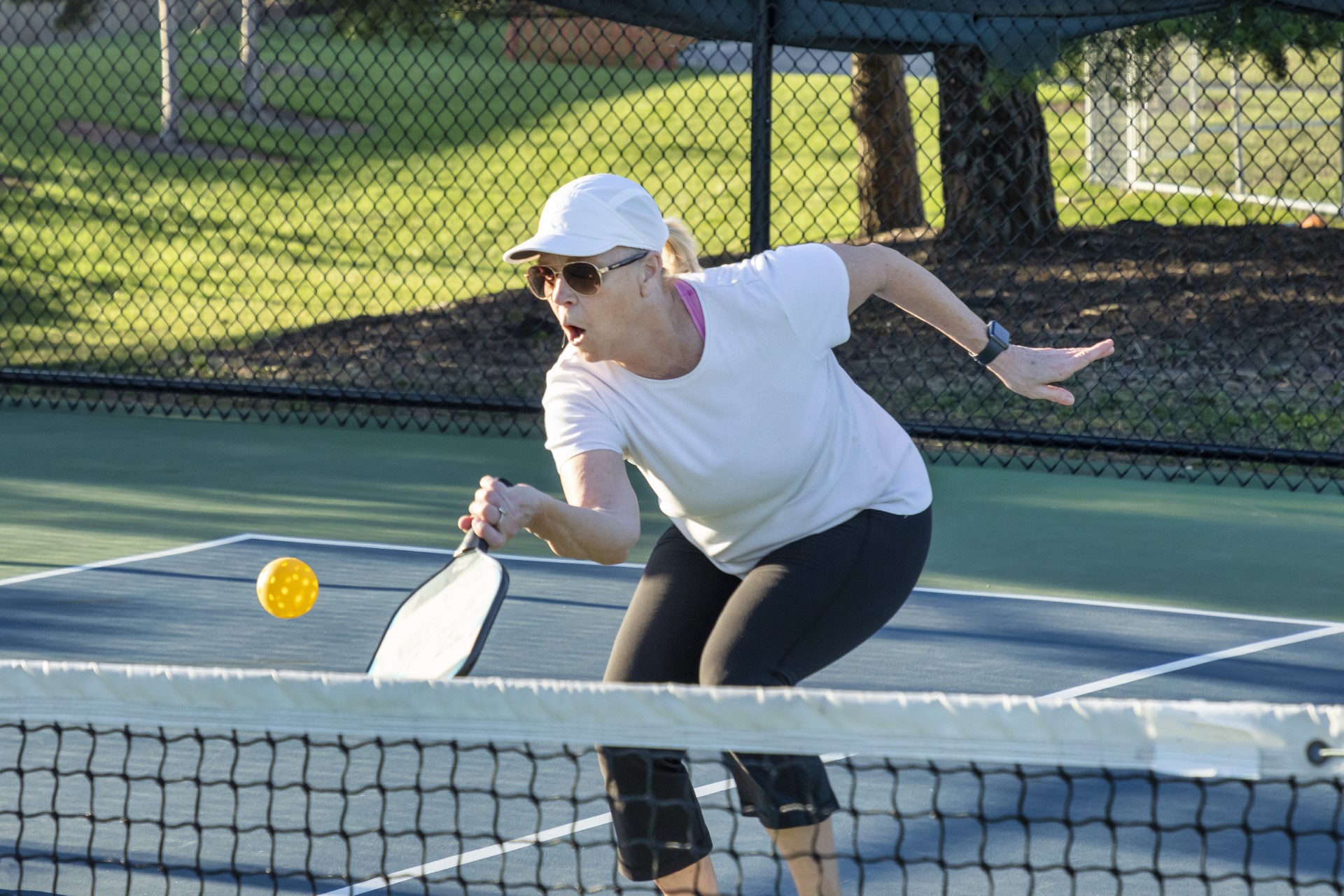Breaking any bone is painful and frightening, but a hip fracture is particularly serious for seniors. Adults aged 65 and older should take this possibility seriously and take steps to prevent falls that could cause a broken bone. Beyond the immense pain following hip fracture, there is also a profound loss of physical function associated with it. Because the hips are weight-bearing joints, breaking a hip is not an injury that can be taken lightly. Weight-bearing joints support the body both in static and dynamic postures (such as standing versus walking).
Since the 1980s, the mortality rate of hip fractures has not changed substantially, even though mortality rates for other conditions have changed significantly. According to peer-reviewed research, 20 to 30% of elderly adults die within the first 12 months after breaking a hip. Those who do survive have more limited independence, as they must rely on others to help them complete even basic tasks. The reason a hip fracture is so serious is because of how it impacts daily life, and how it limits a person’s independence. About half of those who suffer a hip fracture cannot regain the ability to live independently.
Hip fractures are dangerous because they take time to heal, and the person must remain almost entirely immobile during this time. This immobility can create blood clots in the legs or lungs, pressure ulcers (bedsores) from being situated in one position for too long, and further muscle mass wasting. All of these factors can put the patient at risk for future falls and at significantly higher risk of suffering another hip fracture.
Why Are the Elderly at Higher Risk of a Hip Fracture?
As we age, the bones become weaker as they lose density, putting the older adult at an increased risk of breaking a bone. When you factor in decreased muscle mass, poor eyesight, and impaired balance, it can create the perfect storm for a hip fracture. After an adult turns 50, their risk of breaking a hip doubles with each passing decade of their life.
The top risk factors for a hip fracture include:
- Age: Being over 65 years of age is the primary risk factor, because older adults lose bone density and muscle mass with age.
- Sex: About 70% of hip fractures occur in women. This is because women lose about 30 to 50% of their bone density by age 65. Bone loss is accelerated after menopause because women produce less of the estrogen hormone that helps maintain bone density and strength.
- Chronic medical conditions: Many illnesses can increase the risk of falling, especially those that affect the brain and nervous system. The primary medical condition that is associated with hip fractures is osteoporosis, but other conditions can also lead to fragile bones, like endocrine or intestinal disorders.
- Certain medications: Some medications, such as those that contain cortisone, can weaken the bone, especially when taken long-term. Other drugs or drug combinations can also increase the risk of a fall, such as sleeping pills, sedatives, and antipsychotic medications.
- Lack of physical fitness: Older adults who are not physically fit are at a much higher risk of falling. Weight-bearing exercises can strengthen the bones and muscles, which lessens the possibility of suffering a fracture from a fall.
- Poor eyesight: You should also have your eyes tested every year to have any vision loss treated. Various eye disorders can affect vision, including cataracts or glaucoma, and these are most common in older adults.
- Alcohol or tobacco use: Bone loss is possible from smoking or excessive drinking, because these interfere with the process of bone building and maintenance.
Most Hip Fractures Are Preventable by Maintaining or Improving Physical Fitness
Preventative measures are key to minimize your risk of a hip fracture. Although you cannot help your age or gender, you can take steps to improve or maintain good physical fitness and health that will prevent you from a potentially devastating fall that causes a hip fracture. Because almost all hip fractures are caused by falling, the best way to prevent hip fractures is to curb this risk.
For women going through menopause, bone density tests are recommended in order to measure the bone mineral content and bone thickness, which can indicate bone mass. Don’t wait too long, because most women don’t know they have osteoporosis until after they suffer a serious fall.
Another proactive step you can take is to perform weight-bearing exercises regularly, which can include walking or hiking. You could also try an exercise program that incorporates yoga or Tai Chi to help promote strength and balance.
Safeguard Your Home to Prevent Falls
Breaking a hip is can be prevented by taking steps to ensure your home is easily navigable. This includes keeping objects off the floor, removing tripping hazards, not using unstable furniture, putting slip-resistant rugs by the shower and/or tub, installing grab bars by the toilet and/or tub, ensuring the bedroom and bathroom are well-lit. At nighttime, older adults should keep their eyeglasses next to their bed so they can easily see where they’re going. Nightlights in the hallway or bathroom can help older adults find their way in the dark.
At Golden State Orthopedics & Spine, we provide treatment for hip fractures and other broken bones. Contact us today at (925) 939-8585 to book your appointment.



